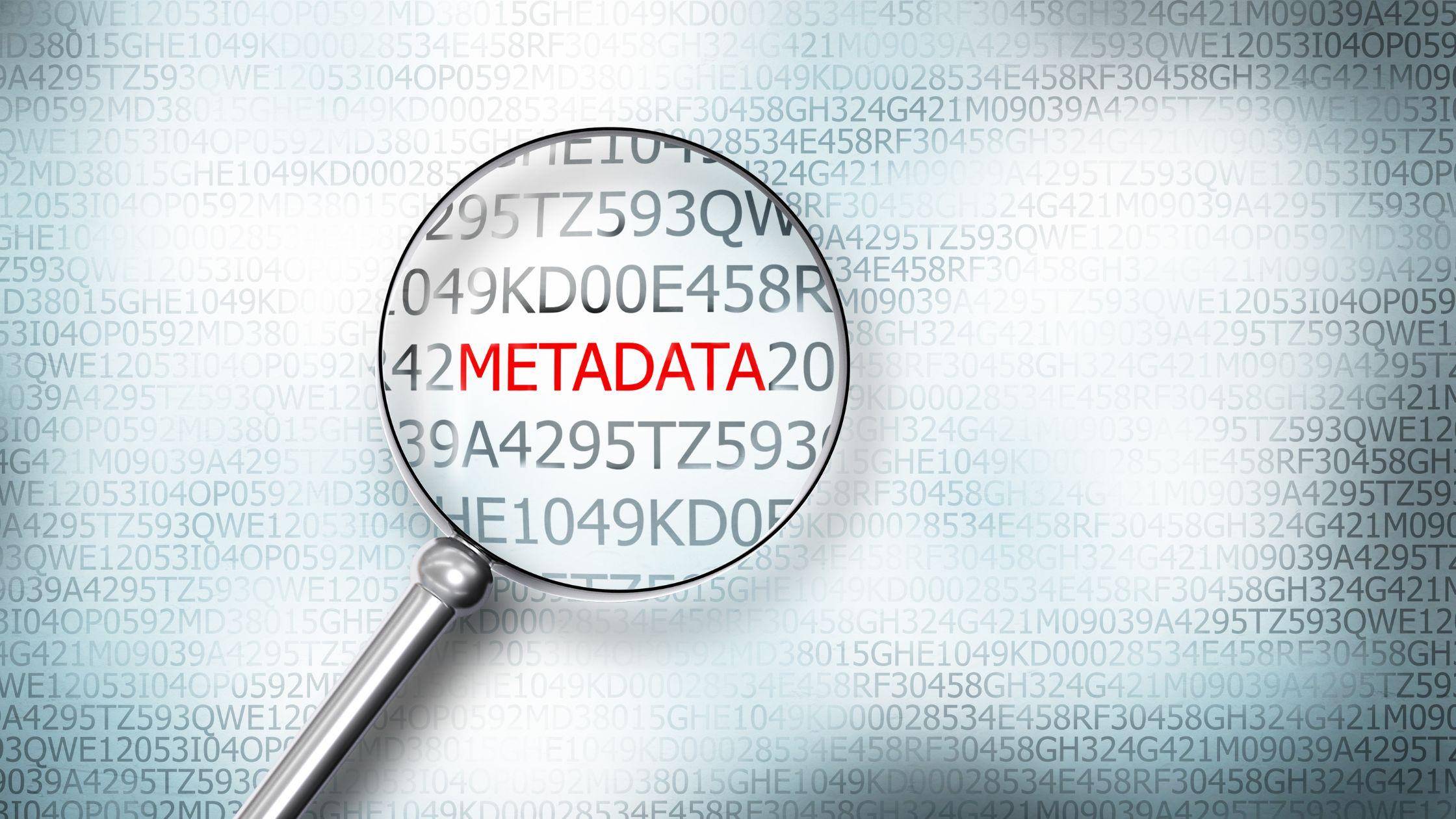
NFT Metadata Explained: What It Is and Why It Matters for Your Digital Art
We’re all aware by now that when it comes to digital art and collectibles, NFTs have completely changed the game.
This is because NFTs (non-fungible tokens) have revolutionized the way artists create, sell, and monetize their work.
However, beyond just the visual appeal of an NFT, there is also an underlying layer that holds critical information: metadata.
NFT metadata is essential because it stores details about the NFT, such as its title, description, creator, properties, and associated files. Without metadata, an NFT is merely a token without identity.
As an artist or collector, understanding metadata can help you better organize and present your NFT portfolio.
And luckily for you, platforms like Ilunafriq make it easy to aggregate, manage, and showcase NFTs with their metadata across multiple marketplaces and blockchains.
Key Takeaways
- Understanding NFT Metadata: NFT metadata is the backbone of digital art, providing essential information that defines the uniqueness and provenance of each piece.
- Importance for Artists and Collectors: Properly structured metadata enhances the value and authenticity of digital art, offering artists and collectors a reliable way to verify and showcase their assets.
- Future-Proofing Digital Creations: As the digital art landscape evolves, robust NFT metadata ensures that artworks remain relevant, accessible, and valuable in the ever-changing digital ecosystem.
What is NFT Metadata?
NFT metadata is structured information that defines an NFT and makes it identifiable on the blockchain. It includes key details such as:
- Title and Description – Basic information about the NFT and its significance.
- Image or File Link – The URL where the digital asset (image, video, music, etc.) is stored.
- Traits and Attributes – Unique characteristics that influence rarity and value.
- Smart Contract Information – Blockchain-based contract details verifying authenticity.
- Creator and Owner Data – Provenance history showing who created and owns the NFT.
This metadata is usually stored in a JSON format and linked to the NFT via a smart contract.
While some NFTs have embedded metadata directly on-chain, others store it off-chain using decentralized storage solutions like IPFS or Arweave.
Example of NFT Metadata (JSON format):
{ “name”: “Digital Masterpiece”, “description”: “A one-of-a-kind digital artwork by ArtistX.”, “image”: “https://ipfs.io/ipfs/Qm…”, “attributes”: [ {“trait_type”: “Color”, “value”: “Blue”}, {“trait_type”: “Style”, “value”: “Abstract”} ]}
As mentioned above, platforms like Ilunafriq make it simple to display and organize NFTs with rich metadata, providing collectors with a seamless viewing experience.
Why NFT Metadata Matters for Digital Artists
Metadata is crucial for digital artists for several main reasons:
1. Establishing Authenticity and Provenance
NFT metadata contains details about the creator and ownership history, ensuring an NFT’s authenticity.
This transparency not only builds trust but also enhances the perceived value of the digital asset, as collectors can confidently trace its origin and ownership lineage.
Consequently, collectors are more likely to buy an NFT if they can verify its legitimacy, knowing that their investment is secure and backed by verifiable data.
This assurance fosters a thriving marketplace where artists and collectors alike can engage with confidence, driving the growth and sustainability of the digital art ecosystem.
2. Enhancing Discoverability Across Marketplaces
Well-structured metadata improves an NFT’s visibility by ensuring that it stands out in a crowded digital marketplace.
Keywords, descriptions, and attributes make it easier for potential buyers to find NFTs when searching within marketplaces like Ilunafriq, OpenSea, and Rarible, effectively acting as a beacon that guides interested parties to your digital art.
This strategic use of metadata not only enhances discoverability but also increases the likelihood of sales, as buyers can quickly locate NFTs that match their interests and preferences.
By optimizing metadata, artists and creators can significantly boost their reach and engagement, positioning their work for greater success in the competitive NFT landscape.
3. Defining Rarity and Value
Metadata often includes attributes that affect an NFT’s rarity score, a key factor for collectors looking for unique pieces.
These attributes can range from visual elements to special features that set the NFT apart from others, making it a coveted item in the digital art world.
Limited-edition traits increase desirability and pricing, as collectors are drawn to the exclusivity and potential investment value of rare NFTs.
By highlighting these unique characteristics through detailed metadata, artists can effectively communicate the distinctiveness of their work, attracting discerning collectors who appreciate both the artistic and financial value of rare digital assets.
4. Organizing and Showcasing Portfolios
Ilunafriq offers tools that let artists compile their NFT portfolios in a structured manner, ensuring their work is presented in the best possible way without the hassle of managing multiple accounts across different marketplaces.
By providing a centralized platform, Ilunafriq streamlines the process of showcasing and managing digital art, allowing artists to focus on creativity rather than administrative tasks.
This not only enhances the visibility and appeal of their portfolios but also empowers artists to reach a broader audience, maximizing their potential for sales and recognition in the dynamic NFT landscape.
With Ilunafriq, artists can confidently navigate the complexities of the digital art world, knowing their work is optimally positioned for success.
On-Chain vs. Off-Chain Metadata: What’s the Difference?
NFT metadata can either be stored on-chain or off-chain, each with its own benefits and trade-offs.
1. On-Chain Metadata
- Stored directly on the blockchain, making it permanent and immutable.
- Ensures longevity and prevents data loss.
- More expensive due to high gas fees.
2. Off-Chain Metadata
- Stored on external decentralized networks like IPFS or Arweave.
- More cost-effective but reliant on third-party storage providers.
- Vulnerable to broken links if not properly maintained.
Since Ilunafriq aggregates NFTs from multiple chains, users are able to display both on-chain and off-chain metadata in one unified portfolio.
How to View and Edit NFT Metadata
To check an NFT’s metadata, you can use tools like:
- Etherscan (for Ethereum-based NFTs)
- OpenSea and Rarible (marketplace-specific metadata)
- Ilunafriq (aggregated, multi-chain portfolio metadata display)
While most NFT metadata is immutable, some collections allow updates, especially for evolving NFTs (e.g., dynamic NFTs that change over time).
For instance, a dynamic NFT representing a digital pet might update its metadata to reflect changes in the pet’s appearance or abilities as it “grows” or interacts with its environment, providing a unique and evolving experience for the owner.
With Ilunafriq, users have control over which metadata elements to display or hide, giving them full customization options.
Common Metadata Issues and How to Fix Them
1. Missing Metadata
- Cause: Delay in metadata refresh or incorrect linking.
- Solution: Manually refresh metadata on marketplaces or check IPFS links.
2. Corrupt or Incorrect Attributes
- Cause: Incorrect formatting or upload errors.
- Solution: Double-check metadata format before minting an NFT.
Using Ilunafriq’s portfolio management tools ensures that your metadata is displayed correctly and consistently across multiple blockchains.
Related Post: What is an NFT Metadata Freeze
Best Practices for Artists and Collectors
Now that you know what they are, how they work, and what to avoid, check out some of the best practices below.
Use IPFS or Arweave to store metadata permanently, ensuring that the information associated with your NFT remains secure and unalterable over time.
These decentralized storage solutions provide a robust and reliable way to safeguard the metadata, protecting it from potential loss or tampering and thereby enhancing the NFT’s long-term value and trustworthiness.
Next, optimize descriptions and attributes for better discoverability by carefully crafting metadata that includes relevant keywords and detailed descriptions.
This strategic approach not only improves the visibility of your NFTs in crowded marketplaces but also attracts potential buyers by clearly communicating the unique features and value propositions of your digital art.
And finally, use Ilunafriq’s aggregation features to keep metadata organized and accessible, allowing you to manage your NFT portfolio with ease and efficiency.
By utilizing these tools, artists can maintain a cohesive and professional presentation of their work, ensuring that all metadata is consistently updated and readily available to collectors and enthusiasts, thereby maximizing engagement and sales opportunities.
Conclusion
NFT metadata is more than just background information; it plays a crucial role in establishing authenticity, discoverability, and value.
Whether you’re an artist looking to organize your portfolio or a collector seeking verifiable NFTs, understanding metadata is key to making informed decisions.
Platforms like Ilunafriq simplify this process by aggregating NFTs across multiple chains, offering a centralized hub to showcase and manage NFT metadata effortlessly.
Ready to elevate your NFT portfolio?
Join Ilunafriq today and ensure your digital art is presented in the best possible way.
FAQ
What is NFT Metadata?
NFT metadata is the detailed information embedded within a non-fungible token that defines its attributes, provenance, and authenticity, serving as a digital certificate that enhances its uniqueness and value in the digital space.
How to see the metadata of an NFT?
To view the metadata of an NFT, you can typically access it through the NFT’s details page on a marketplace, where the metadata is often displayed under the properties or details section, or by using blockchain explorers to directly inspect the token’s smart contract data.
Can NFT metadata be changed?
NFT metadata can be changed if the smart contract allows for updates, but typically, metadata is designed to be immutable to preserve the integrity and authenticity of the NFT, ensuring that its original attributes and provenance remain intact.




